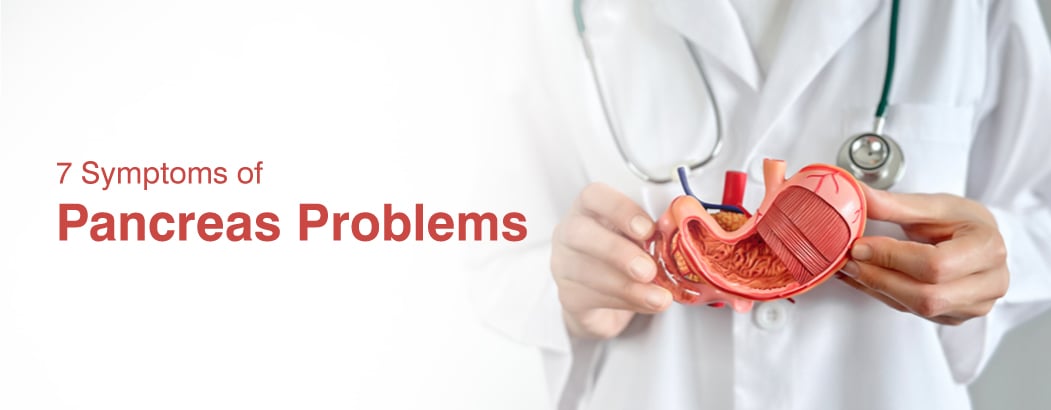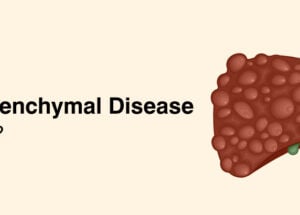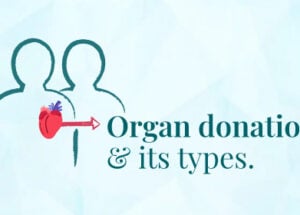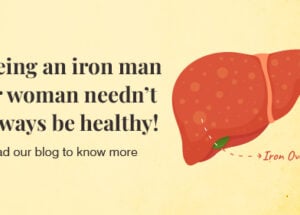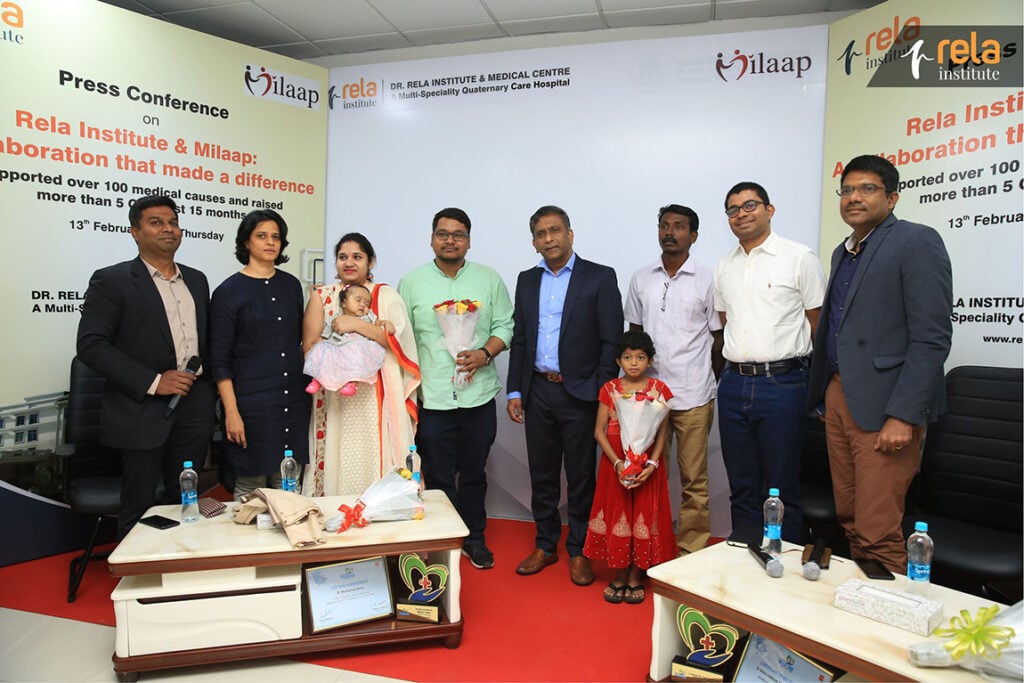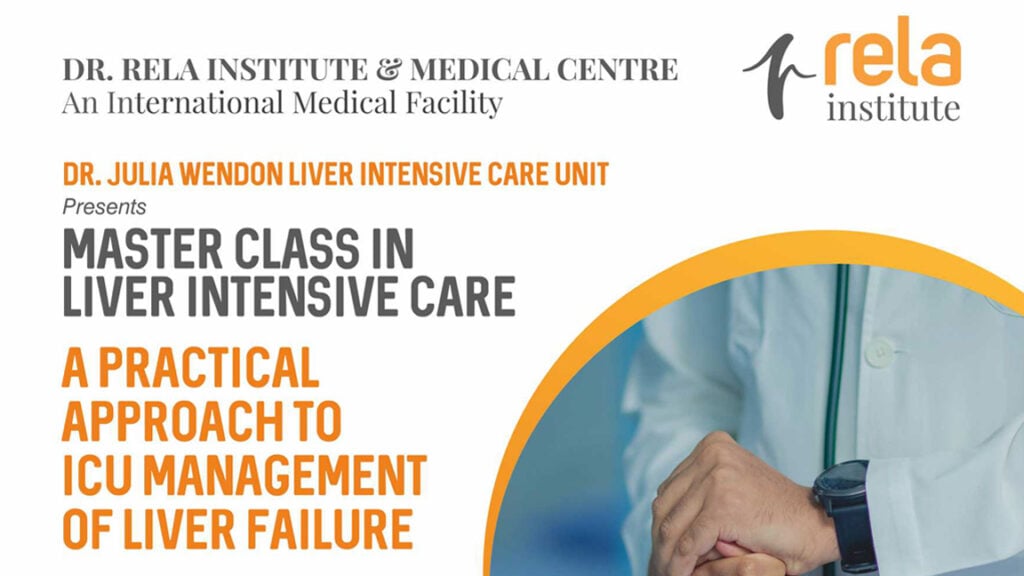Portal Hypertension: Common Symptoms & Treatment
What is portal hypertension?
Portal hypertension refers to the elevated blood pressure within the portal venous system, which includes the portal vein and its tributaries. The portal vein carries nutrient-rich blood from the digestive organs to the liver for processing. When the blood flow encounters resistance or obstruction in the liver, it increases pressure within the portal system, leading to portal hypertension.
Who gets portal hypertension?
Portal hypertension can occur in individuals of any age, but it is commonly associated with certain underlying liver diseases. Chronic liver conditions such as cirrhosis, hepatitis B and C, alcoholic liver disease, and non-alcoholic fatty liver disease (NAFLD) are common causes of portal hypertension. Other factors contributing to its development include blood clots in the portal vein (portal vein thrombosis), schistosomiasis (a parasitic infection), and genetic disorders affecting the liver.
How serious is portal hypertension?
Portal hypertension is a serious medical condition that can lead to various complications. Increased pressure within the portal system can cause the development of varices, which are dilated veins in the oesophagus, stomach, and rectum. These varices are prone to bleeding, and severe bleeding can be life-threatening.
Additionally, portal hypertension can lead to ascites (fluid accumulation in the abdomen), hepatic encephalopathy (brain dysfunction due to liver failure), and hepatorenal syndrome (kidney dysfunction associated with liver disease).
What are the five main symptoms of portal hypertension?
- Variceal bleeding: One of the primary symptoms of portal hypertension is bleeding from the varices. This can manifest as vomiting blood, passing black tarry stools (melena), or having bright red blood in the stool (hematochezia).
- Ascites: Fluid accumulation in the abdominal cavity can cause bloating, abdominal distension, and weight gain.
- Splenomegaly: Enlargement of the spleen is a common finding in portal hypertension. It may cause discomfort or pain in the left upper abdomen.
- Hepatic encephalopathy: This condition results in cognitive and neurological abnormalities, including confusion, forgetfulness, personality changes, and even coma.
- Jaundice: In advanced cases of portal hypertension, yellowing of the skin and eyes (jaundice) may occur due to impaired liver function.
What are the causes of portal hypertension?
The main cause of portal hypertension is liver disease. Chronic liver conditions such as cirrhosis, which can be caused by excessive alcohol consumption, viral hepatitis, autoimmune diseases, or metabolic disorders, are the leading contributors to portal hypertension. Other causes include blood clots in the portal vein, which can occur spontaneously or due to certain medical conditions, and schistosomiasis, a parasitic infection commonly found in some regions.
How is portal hypertension diagnosed?
To diagnose portal hypertension, a comprehensive evaluation is necessary. Your healthcare provider will review your medical history, conduct a physical examination, and order various tests. Imaging studies like ultrasound, CT scan, or MRI can visualise the liver and detect abnormalities. Doppler ultrasound is particularly useful in evaluating blood flow within the portal system. Endoscopic examination, such as an upper gastrointestinal endoscopy, may be performed to detect and grade oesophagal varices.
What are the clinical signs of portal hypertension?
Clinical signs of portal hypertension may include:
- Enlarged spleen (splenomegaly): The spleen often becomes enlarged due to portal hypertension. It can be detected during a physical examination as an enlargement of the left upper abdomen.
- Ascites: Fluid accumulation in the abdominal cavity leads to swelling and distension. The presence of ascites can be confirmed by physical examination or imaging studies.
- Jaundice: When liver function is compromised, bilirubin, a yellow pigment, accumulates in the body. This can cause yellowing of the skin and eyes (jaundice), a sign of advanced liver disease.
- Palmar erythema: In some cases, the palms of the hands may exhibit a reddish colouration, known as palmar erythema. This is caused by increased blood flow to the skin due to altered circulation in the liver.
- Spider angiomas: Spider angiomas are small, spider-like blood vessels that appear on the skin. They are caused by increased pressure in the blood vessels and are commonly found on the face, chest, and upper extremities.
What tests will be done to diagnose this condition?
To diagnose portal hypertension, your healthcare provider may order the following tests:
- Blood tests: Liver function tests and coagulation studies can assess liver function and detect any abnormalities.
- Imaging studies: Ultrasound, CT scan, or MRI can provide detailed images of the liver, portal vein, and other abdominal structures. Doppler ultrasound can evaluate blood flow within the portal system and detect any obstructions or abnormalities.
- Upper gastrointestinal endoscopy: This procedure allows direct visualisation of the oesophagus, stomach, and upper part of the small intestine. It is used to detect and grade oesophagal varices, dilated veins prone to bleeding.
- Liver biopsy: In some cases, a small sample of liver tissue may be obtained through a biopsy to assess the severity of liver damage and determine the underlying cause.
- Hepatic venous pressure gradient (HVPG) measurement: This invasive procedure measures the pressure within the portal vein to assess the severity of portal hypertension. It can also help guide treatment decisions.
How to prevent portal hypertension?
Prevention of portal hypertension primarily involves addressing the underlying causes, particularly liver diseases. Some preventive measures include:
- Limiting alcohol consumption: Excessive alcohol intake can cause liver damage and increase the risk of developing portal hypertension. Moderation or abstinence is advised.
- Vaccinations: Immunizations against hepatitis A and B can reduce the risk of viral hepatitis, a common cause of liver disease.
- Safe sex practices: Practicing safe sex and avoiding risky behaviours like sharing needles can help prevent viral hepatitis and other sexually transmitted infections.
- Maintaining a healthy weight: Obesity and non-alcoholic fatty liver disease (NAFLD) can contribute to developing liver disease. Adopting a healthy lifestyle with regular exercise and a balanced diet can help prevent these conditions.
- Taking precautions against liver toxins: Avoiding exposure to substances that can harm the liver, such as certain medications, chemicals, and toxins, can reduce the risk of liver damage.
Who to consult?
If you suspect you may have portal hypertension or are at risk due to underlying liver disease, and it is essential to consult a healthcare professional. A gastroenterologist or hepatologist specialises in diagnosing and treating liver diseases and portal hypertension. They can provide an accurate diagnosis, develop a suitable treatment plan, and offer guidance on lifestyle modifications to manage the condition effectively.
People also ask
1. What are 5 main symptoms of portal hypertension?
Five main symptoms of portal hypertension: Ascites, varices, splenomegaly, hepatic encephalopathy, jaundice.
2. What happens in portal hypertension?
Portal hypertension is increased pressure in the portal vein, causing complications like varices, ascites, and liver dysfunction.
3. How is portal hypertension diagnosed?
Diagnosis involves medical history, physical examination, imaging tests (ultrasound, CT, MRI), endoscopy, and HVPG measurement.
4. What are the 3 categories of portal hypertension?
Three categories of portal hypertension: Prehepatic, intrahepatic, and posthepatic.


